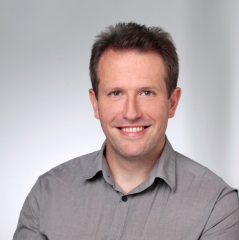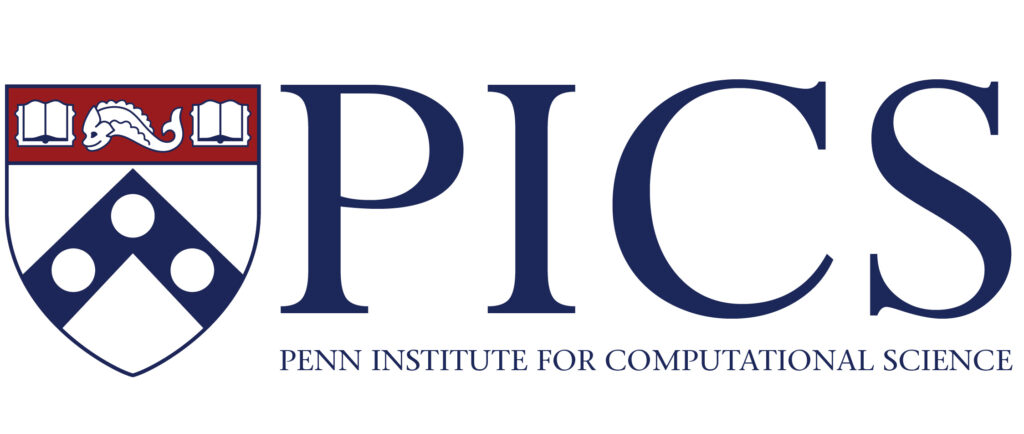
- This event has passed.
Colloquium: Dr. Matthias Heyden, Assistant Professor, School of Molecular Sciences ASU
December 9, 2022 @ 2:00 PM – 3:00 PM
On Friday, December 9 PICS will present a colloquium featuring Dr. Matthias Heyden, Assistant Professor at the School of Molecular Sciences at Arizona State University.

Title: From Molecular Vibrations to Solvation, Protein Dynamics and Models of the Cytoplasm
Abstract: Vibrational spectroscopies at mid-infrared frequencies provide excellent probes to characterize functional groups and their immediate chemical environment. However, from a thermodynamic and dynamic point of view, only the ground state of these vibrations is significantly populated. Most of the “jiggling and wiggling” of atoms and molecules (referred to in the famous quote by Feynman) happens at lower frequencies in the far-infrared, where vibrations are easily excited by thermal collisions.
The Heyden research group develops methods to characterize and extract information from far-infrared vibrations in molecular dynamics simulations of biomolecular systems: 1) We develop methods that eliminate the need for harmonic and quasi-harmonic approximations in the analysis of collective vibrational modes and their contributions to vibrational spectra. 2) We use intermolecular vibrations of the water-hydrogen bond network to generate detailed 3D maps of protein hydration free energies and water-mediated interactions. 3) We use such 3D maps to generate implicit solvation models that enable realistic simulations of large biomolecular systems including many interacting proteins.
Each of these methods has its own applications, but combined they allow us to develop computationally efficient models of complex biomolecular environments such as the cytoplasm. We developed a multi-conformation Monte Carlo algorithm that uses input from existing molecular dynamics simulation trajectories to generate new simulation models of systems containing 100’s of interacting flexible proteins at very low computational cost. This allows us to analyze consequences of biomolecular crowding in a multitude of scenarios, which remain inaccessible to direct molecular dynamics simulations.
Bio: Matthias Heyden received a B.Sc. degree in Biochemistry in 2004 and a PhD in Physical Chemistry in 2020 from the Ruhr-University Bochum in Germany, where he worked with Martina Havenith to combine molecular simulations and spectroscopy. He then moved to the University of California, Irvine, to work on meso-scale modeling and transmembrane protein simulations with Douglas J. Tobias, before joining the Max-Planck-Institut für Kohlenforschung in Mülheim an der Ruhr in Germany as a junior research group leader in the Cluster of Excellence RESOLV. After developing simulation methods for the thermodynamic analysis of bimolecular solvation, he moved to Arizona State University in 2017 as an Assistant Professor, where his research groups develops novel computational tools to study molecular vibrations, protein hydration, and biomolecular crowding.
